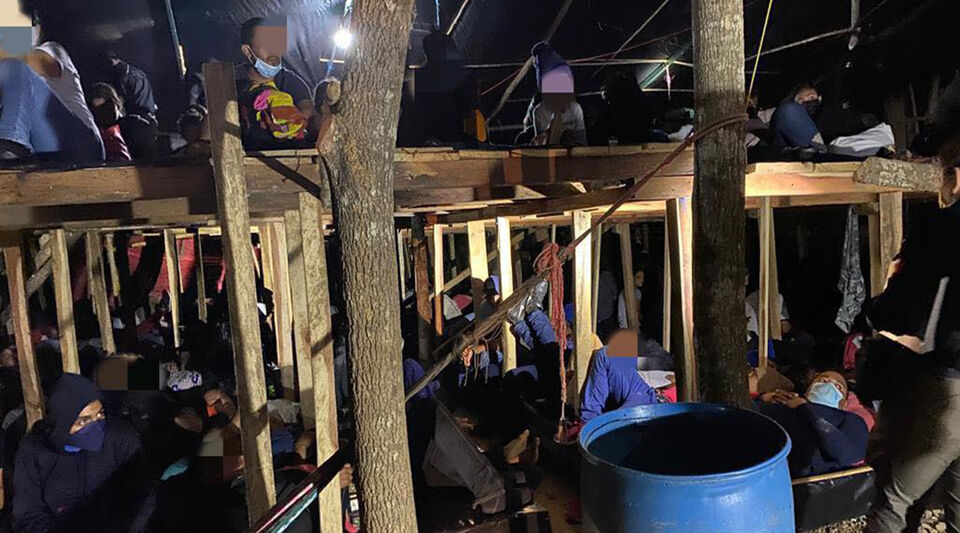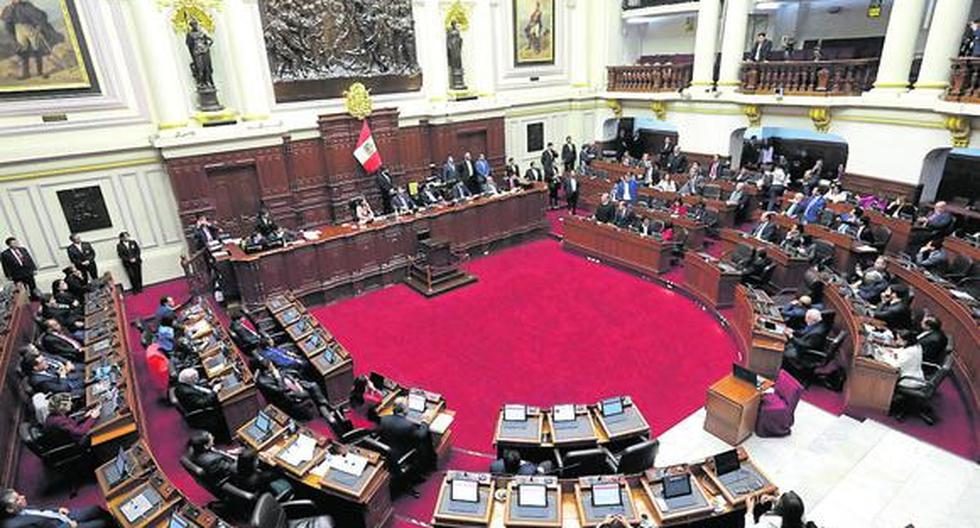A total of 34 people have died so far in 2022 trying to cross the Rio Grande from Mexico to the United States. The figure may increase, he declares to 14ymedio Francisco Manrique, a member of the Beta Migrant Protection Group, “because the river level rose 50 centimeters after the gates of the Amistad dam were opened this Sunday.”
Among them are Cubans Remedios Atkinson Waterman Torrens, José Luis González and his son, Luis Miguel González, according to statistics from the State Attorney General’s Office. The first died on March 15 and the second were swept away by the current two days later, before drowning.
That river, which Mexicans call Bravo and Americans Grande, “is a kind of Russian roulette that Cubans challenge to achieve their freedom,” says Manrique. “I have rescued people who are upset that they are not allowed to continue, who would rather die than be deported.” In Coahuila, a border state with the US, the main crossings are through City Acuna and Black Stones.
There is not a day that the migrants do not face this flow “to reach Del Río, in Val Verde County or Eagle Pass, in Maverick”, mentions the rescuer. Acuña and Piedras Negras are separated by 90 kilometers by land where “it is common to see people with backpacks, black bags, ropes, ready to pass.” The insecure, continues Manrique, “observe the shores, as if analyzing their danger.”
The Rio Grande “is a kind of Russian roulette that Cubans challenge to achieve their freedom,” says Manrique
On Friday, a family of six from the Island passed by, three of them were children. On Thursday, a group of 30. Not everyone makes it. “The Coahuila Civil Police arrested a woman and two Cubans on Friday, just as they were trying to reach the Rio Grande through Callejón Hidalgo,” says the rescuer. The officers reported human trafficking to Immigration and led the undocumented to a station.
Migration detains 700 irregular migrants every day in Coahuila, who are transferred to one of the nine offices located in the border state. Due to its proximity to the Rio Grande, the delegation located on the International Bridge II is the most populated. Stories abound in this place. “People pass Facebook groups, contacts from coyotesplaces where, according to them, the level of the river reaches their waist”, comments the lifeguard.
Juan Andrés was arrested on March 24 along with a group of 60 migrants. “The policemen got on the bus and asked us for money to continue. We showed them the papers that we were legal in the country and that they gave us in Ciudad Hidalgo (border with Guatemala) and they tore them up. They put us in the International Bridge II station and on March 27 they brought us to Villahermosa, Tabasco,” says this Cuban who has 20 days to leave the country. “To return to Piedras Negras a smuggler He wants $800 and for moving me to Del Rio, $2,500.”
A source from the Criminal Investigation Agency confirmed to 14ymedio the presence of at least 18 groups dedicated to migrant smuggling in Coahuila. “They use houses on the city limits, stores and warehouses to put people in. There they are and they go to the US in groups of 20.”
In February it arrested eight members of a network of coyotes who passed “illegals” to the US and some gave them false papers. Three days before the end of March, the Municipal Police arrested Reiner Acosta Salazar, a Cuban-American, with counterfeit visas for eight Cubans, Venezuelans, Nicaraguans and Colombians.
“Even the backpacks with clothes were in an Alfa Romeo car with Texas license plates,” says the investigative agent. “Acosta Salazar is only the contact between Mexico and the US. There are indications that they operate from Nicaragua.”
José Alberto Matos has a safe-conduct that allows him to spend 180 days in Mexico. This Cuban native of Holguín arrived on Saturday to the Paseo del Río, a work developed in 2010 and which is parallel to the border bridges I and II in Piedras Negras. “The safe passage is through Acuña. In Del Río they are giving the parole“.
The Department of Homeland Security (DHS) recorded 1,500 illegal crossings per day just to get to Del Rio. This migratory flow skyrocketed after journalists Bill Melugin and Ali Bradley had access to an email dated March 20 through which the Biden Administration ordered the Border Patrol to release Cubans, Venezuelans and Nicaraguans and to grant a parole humanitarian.
If Acuña was already experiencing its worst migration crisis, it intensified after the US government announced the elimination of Title 42, a mechanism used by Donald Trump since March 2020 to expel more than 1.7 million migrants. on its border with Mexico on the grounds of the covid-19 pandemic.
A senior US government official stressed that, as of May 23, undocumented adults who enter irregularly will be “expelled” through Title 8, the immigration regulations in force before the pandemic. “If they cannot prove their legal stay in the United States, they will be returned,” she warned.
The main difference between regulations is that Title 8 obliges the authorities to transfer undocumented immigrants to detention centers for several hours where they can request asylum, while Title 8 title 42 allows to resolve the deportation in 15 minutes and without space for asylum.
“The crossings through Matamoros, Reynosa and Nuevo Laredo are controlled by drug traffickers. The Gulf Cartel uses keys and colored bracelets for the passage of migrants”
What Cubans face in their transit through Mexico and their attempt to cross the Rio Grande includes detentions in migration centers, “extortion, threats, payments to coyotesdrug cartels, human trafficking,” he enumerates for 14ymedio Manrique.
The Beta groups, like the unit with which he collaborates, were created in the early 1990s by the Mexican government, under the ownership of the National Migration Institute, with the aim of safeguarding the human rights of those who transit through Mexico seeking to cross the northern border.
Mexico refers to the United States as “illegal entry points” in the regions of Ciudad Juárez, Piedras Negras, Nuevo Laredo and Reynosa, which are located along the 2,018 kilometers that comprise the Rio Grande border.
Authorities have identified steps in Tamaulipas through the municipality of Miguel Alemán to Roma, in Starr County, Texas. Via Reynosa they reach Hidalgo County. Cameron is another arrival point. Nuevo Laredo is singled out as an area dominated by both Los Zetas and the Gulf Cartel.
“The crossings through Matamoros, Reynosa and Nuevo Laredo are controlled by drug traffickers. The Gulf Cartel uses keys and colored bracelets for the passage of migrants,” reveals Manrique. “They charge between 3,000 and 4,500 dollars to pass you in a tire tube and a life jacket, this is known, it has been fought but it has not been eradicated.”
Those that do not cover the total quota, Manrique mentions, “are used as mules: They put drug packages in their backpacks. They are a mob. Some Cubans have come to pay 10,000 dollars and these are transferred in inflatable boats.”
________________________
Collaborate with our work:
The team of 14ymedio is committed to doing serious journalism that reflects the reality of deep Cuba. Thank you for joining us on this long road. We invite you to continue supporting us, but this time becoming a member of our journal. Together we can continue transforming journalism in Cuba.








